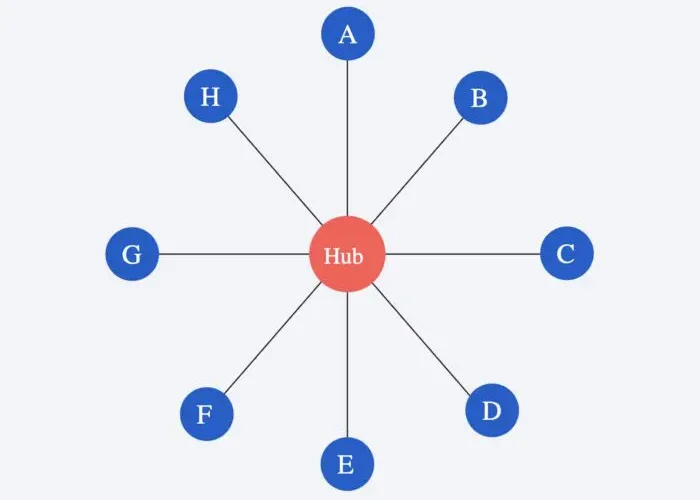In the world of data management, Excel and relational databases are often used together to handle a variety of business needs. Understanding the different perspectives on how Excel interacts with relational databases can help identify inefficiencies and improve processes. There are three main types of synergy between Excel and databases that we can explore:
1. Database Administrators’ Perspective
From the viewpoint of database administrators and developers, Excel functions as a front-end application that interacts with a database. Their primary focus is on managing the database system, ensuring data is stored, secured, and made available to different applications. These could include Excel applications, mobile apps, or web platforms. Their mindset revolves around administering the data and providing access for various tools to interface with it. In this role, Excel serves merely as one of many potential ways to interact with centrally stored data.
2. Centralizing Spreadsheet Data
The second approach focuses on a more efficient use of relational databases from the perspective of spreadsheets. This is the viewpoint I advocate for: using a central database to store data that originates from various spreadsheets. The aim here is to improve efficiency by centralizing spreadsheet data into a relational database. Once the data is centralized, multiple spreadsheets can interact with this data hub seamlessly, eliminating redundant processes and allowing for smoother workflows.
For instance, consider a call handler operation where multiple spreadsheets track different aspects of the business. Centralizing this data into a relational database enables all spreadsheets to interact with the same source, making the process significantly more efficient compared to traditional, disconnected spreadsheet-based workflows. This approach reduces data silos, minimizes manual data transfer, and increases consistency across reports and analyses.
3. The Current Ecosystem: Bringing Data into Spreadsheets
The third type is the most common scenario, where Excel serves as an interface to pull data from a database into the spreadsheet environment. Tools like Power Query allow users to import data from databases into Excel, where further analysis and reporting can take place. While this approach creates an ecosystem of interconnected spreadsheets, it also leads to a proliferation of spreadsheet copies, each containing different versions of the data.
This fragmented ecosystem can be compared to a “Jackson Pollock mess”—a chaotic sprawl of spreadsheets that are difficult to manage and prone to errors. The primary issue arises when these spreadsheets are passed around, with users making individual changes or conducting separate analyses. This creates a tangled web of spreadsheet versions, making it challenging to track changes or maintain a single source of truth.
The Challenge: Shifting Behavior
The goal is to change current practices from creating fragmented spreadsheet ecosystems (type three) to a more streamlined process (type two), where spreadsheet data is centralized in a relational database. The first approach, favored by database administrators, shares a similar mindset with the third, but from a different perspective. Both see the spreadsheet as an endpoint for interacting with database data. However, the second approach shifts the focus to treating the database as a central hub that various spreadsheets connect to, rather than bringing data into spreadsheets and creating a chaotic environment.
Conclusion
By transitioning from the traditional spreadsheet-based data handling to a centralized database approach, businesses can significantly improve their data management processes. The aim is to replace the fragmented ecosystem with a more efficient and consistent method where data is stored centrally and accessed by multiple spreadsheets as needed. This change in behavior will help eliminate the mess and deliver a more organized, scalable solution for data-driven decision-making.
Now for a demonstration of the idea I have described, head over to the ‘Reg Call Handler Challenge and Solution’ here.
This is a podcast by Hiran de Silva. Narrated by Charlie.




Add comment